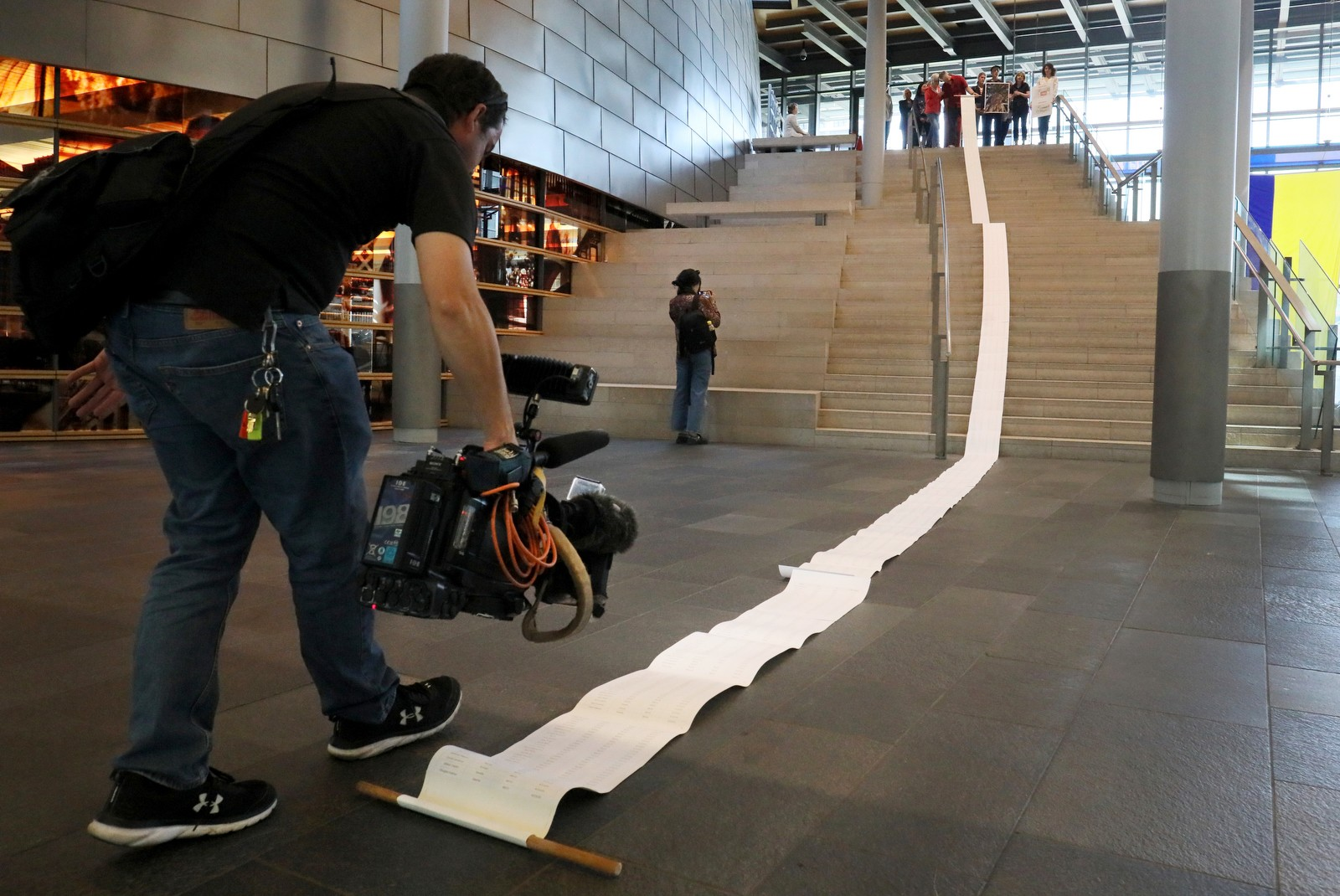
Environmentally Critical Areas Mean Less Protections Under Seattle’s Tree Code
Yes, you read that right.
Instead of having more protection, trees in Environmentally Critical Areas have even less protection than all other trees in the city.
The 2023 tree ordinance states that trees removed in an environmentally critical area “as part of an issued building permit” are exempt from the law — they do not need to be replaced, and no extra fees need to be paid for their removal. Check out the Seattle Municipal Code:

What are Environmentally Critical Areas?
Environmentally Critical Areas (ECAs) are ecologically sensitive areas like steep slopes, wetlands, streams, and riparian forest (creek buffer zones). They have special protection under the City’s Land Use Code and their own section in the City’s environmental regulations. The ECA code requires construction in these areas to mitigate damage and stabilize the slopes. Seattle’s old tree law protected trees growing in ECAs, so there was no need to have tree protection in the ECA code. The new code removed that protection.
Trees in ECAs are an essential bulwark against climate change impacts. They often grow together in groves, providing a nature-based solution to flooding and landslides. Trees in ECAs are some of Seattle’s largest, oldest and healthiest trees.
Why does it matter if ECA trees are excluded from the tree code?
The exemption makes removing trees in ECAs easier and less expensive than removing trees in any other land use category, including regular private property. While the new ordinance requires construction companies to plant new trees or pay in-lieu fees for most trees, they can now avoid even this small effort and expense for trees in ECAs. In most cases, trees anchoring very steep slopes can be replaced by concrete shoring walls and shrubs.
Simple, inexpensive construction practices other cities already require could enable Seattle to build all the housing we need while incorporating existing green infrastructure. When we remove the trees and groves in ECAs, we lose an inexpensive, nature-based solution to climate resilience.
It’s open season on trees in Seattle’s Environmentally Critical Areas
Seattle’s towering evergreens protect us from the full span of climate impacts, whether toxic summer heat to winter flooding. They are now tempting targets for removal. We won’t sacrifice them – and our climate resilience – for quick profits for a few.
How to Help
Please help us spread awareness of what’s really happening – it’s the most powerful way to grow our community’s numbers and voice, and you can help in two specific ways:



.avif)



.png)